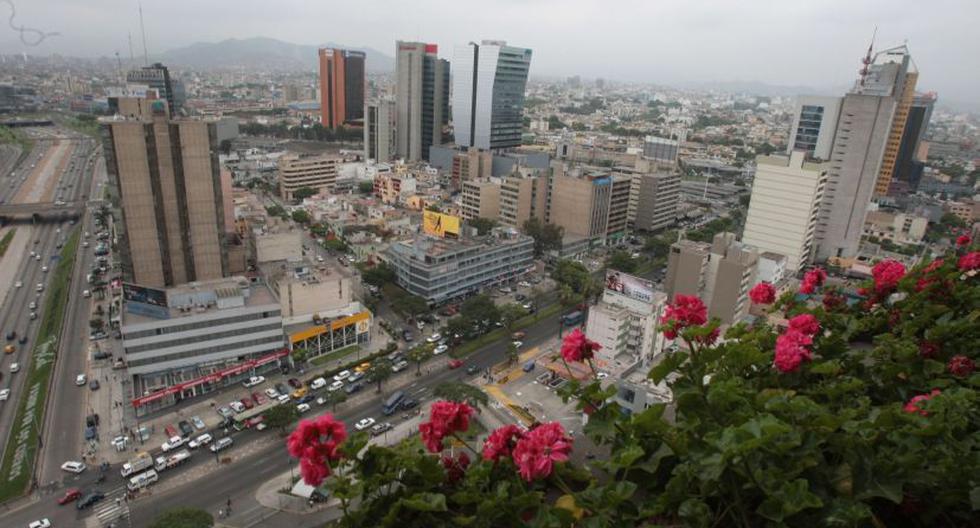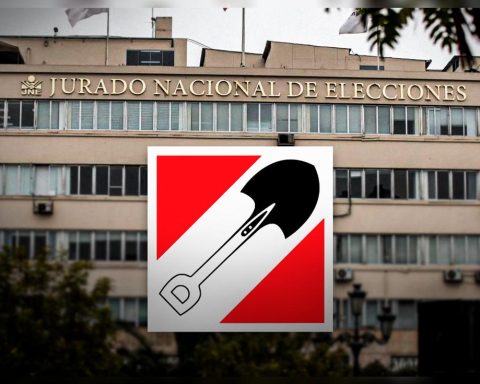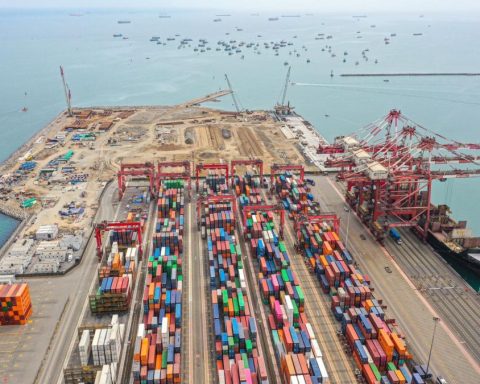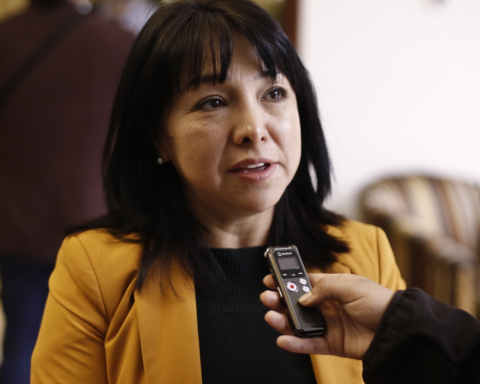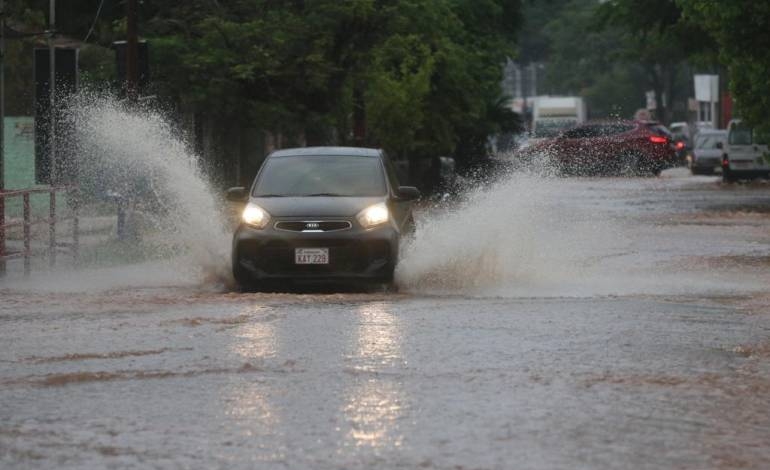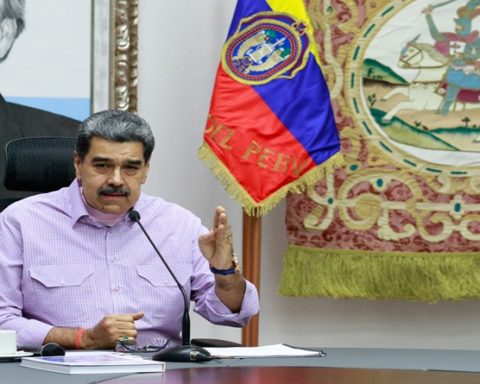The Central Reserve Bank (BCR) reported this Thursday that the impact of the COVID-19 in Peru’s Gross Domestic Product (GDP) is higher than that recorded during the 2008 financial crisis.
However, in terms of GDP loss, the cost caused by the coronavirus crisis is below that generated after the 1998 crisis.
The current crisis would have meant that Peru’s GDP in 2022 is still between 5% and 7% below the level it would have reached in the absence of said health crisis, according to preliminary calculations, since the pandemic still in development.
“The behavior described is not unique to Peru, since the estimated long-term loss for our country is relatively similar to that of its peers in the region (Brazil, Chile, Colombia and Mexico)., even though we had one of the strictest quarantines in the world”, said the BCR.
On the impact of the pandemic, there are different perspectives. Some argue that crises can facilitate the implementation of beneficial political and economic reforms., in addition to allowing the most inefficient firms to be eliminated from the economy, which leads to greater productivity and growth.
However, the economic literature and empirical evidence suggest that major economic crises often leave “scars” (permanent effects) on economies, in the opinion of the monetary entity.
Likewise, the central bank considered that changes in the dynamics of employment and the accumulation of physical capital, as well as investment decisions in R&D (investment plus development) or migration of productive factors between sectors are likely to alter the growth path of long term.
